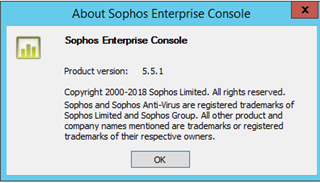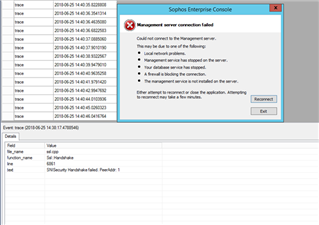I just cant seem to figure it out how to get it to work...? even though Im on server2012 R2 fully updated, with SQL 2012 SP4. No matter what i do the Sophos Installer always says:
(x) SQL Server instance does not support TLS 1.2
(x) There is no certificate installed that can be used with SQL Server
I ignored these warnings and Installed SEC5.5.1 anyway as it still works with TLS1.0, but i relly want it to work with TLS1.2, Anybody else have any similar issues?
Cheers
This thread was automatically locked due to age.









